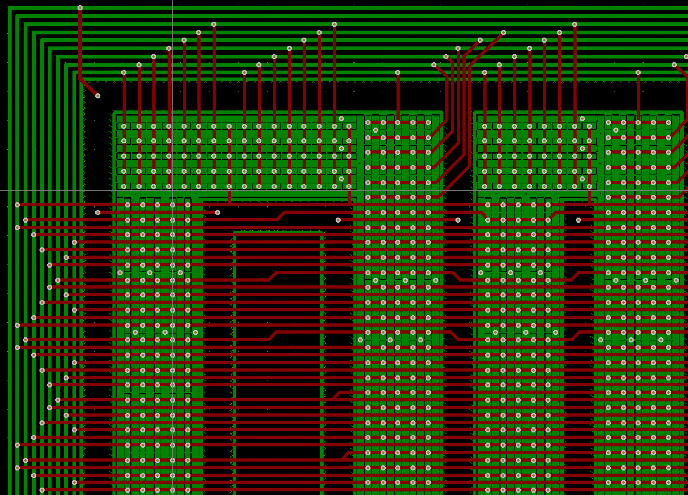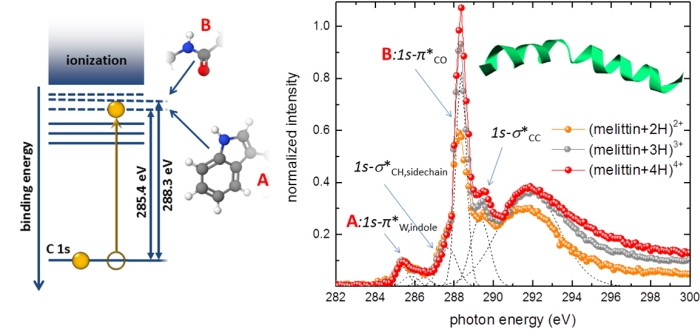Gas Phase Biomolecules and Energetic Interactions

In living organisms, proteins, and other biologically relevant molecules are mostly found in the liquid environment of biological cells. Accordingly, there is a wealth of experimental techniques for investigation biomolecular systems in solution.
In contrast, our group focuses on the investigation of biomolecules, and in particular biomolecular ions in the gas-phase, i.e. without a chemical environment. In the gas phase, it is for instance possible to distinguish intrinsic molecular properties from effects of the chemical environment, to investigate solvation on the few molecule level and to compare experimental data to quantum chemical calculations on a very high level of accuracy. In particular, we employ atomic and molecular physics experimental techniques to investigate biomolecular mechanisms underlying radiotherapy as well as structure and structural dynamics of gas phase proteins, in both cases mainly using energetic photons or ions. Experiments are performed in-house and at large scale facilities such as synchrotrons, free electron lasers and ion accelerators.
A strength of our group are technical developments for production of complex molecular ions, radiofrequency ion guiding and trapping, mass spectrometry, ion mobility spectrometry and time-of-flight spectrometry

VUV and soft X-ray spectroscopy on gas-phase proteins

Biological systems depend fundamentally on the folding of proteins into their functional 3D structures. These conformational changes take place in the liquid phase, which is where the established experimental techniques for protein folding studies are employed. Many of the most powerful approaches for molecular structure determination, however, are genuine gas-phase techniques. We explore the potential of gas-phase techniques for investigation of protein electronic structure and conformation. For instance, we have used a combination of electrospray ionization (ESI) tandem mass spectrometry with synchrotron radiation in the soft X-ray regime to study near edge X-ray absorption of gas-phase protonated proteins and peptides. As it turns out, soft X-ray spectroscopy is very sensitive to gas-phase protein structure.
Molecular mechanisms underlying radiotherapy
Presently, cancer is one of the major causes of mortality worldwide. The three classical types of cancer therapy, namely surgery, chemotherapy and radiotherapy, are still amongst the most efficient approaches in cancer treatment, with radiotherapy being involved in about 50% of all treatment plans. The concept of radiotherapy for tumor control is based on the idea of killing cancerous cells by means of ionizing radiation, while at the same time sparing healthy surrounding tissues. In our group, we focus on unraveling molecular mechanisms underlying radiotherapy.
Experimental approaches include X-ray and ion induced ionization and fragmentation of gas-phase protonated/deprotonated oligonucleotides and their complexes with metal nanoparticles as well as studies on the radiation action upon plasmid DNA or DNA origami in solution. Experiments are often performed at large scale facilities such as 3rd generation synchrotrons or facilities for fast ion research.
| Last modified: | 18 October 2021 09.23 a.m. |
